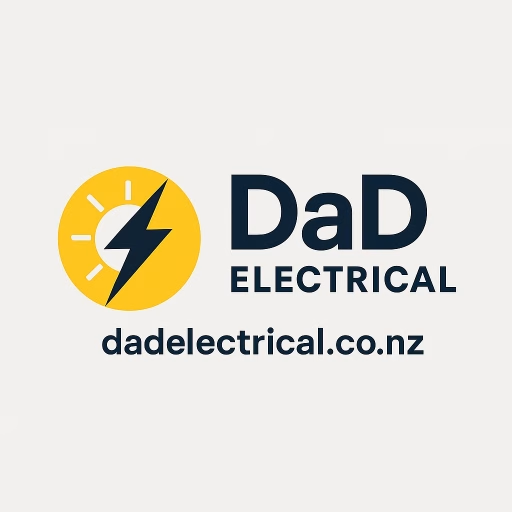If you work in or around healthcare facilities in New Zealand or Australia, you’ve likely heard of AS/NZS 3003 – the critical standard that governs electrical installations in patient treatment areas. Whether you’re an electrical contractor, facility manager, or healthcare provider, understanding this standard is essential to ensuring both safety and compliance in sensitive medical environments.
In this article, we’ll unpack the key elements of AS/NZS 3003 and what it means for your next electrical installation in a Cardiac or Body-Protected Area.
What Is AS/NZS 3003?
AS/NZS 3003:2018 is the joint Australian/New Zealand standard that outlines the requirements for electrical installations in patient areas of hospitals, medical and dental practices, and other healthcare buildings.
The primary aim of this standard is to protect patients, particularly those who may be exposed to electrical currents during medical procedures. It builds upon the base requirements of AS/NZS 3000 (the Wiring Rules), adding extra layers of protection in areas where electrical safety is paramount.
Why Is It So Important?
Unlike standard commercial or residential installations, medical electrical installations involve a much higher risk due to the vulnerability of patients, especially in situations where equipment may be connected to their bodies. A minor leakage current could have severe or even fatal consequences in these scenarios.
AS/NZS 3003 ensures:
- Protection against electric shock
- Proper design and zoning of electrical outlets
- Compatibility of medical electrical equipment
- Clear requirements for isolating transformers, residual current devices (RCDs), and socket outlets
Understanding the Zones: Body-Protected vs Cardiac-Protected Areas
The standard defines two critical types of patient areas:
1. Body-Protected Areas
These are general treatment zones where patients are exposed to procedures but not directly involving the heart. Think GP clinics, dental surgeries, or physiotherapy rooms.
Key requirements include:
- All socket outlets must be RCD protected (Type 1, 10 mA)
- Equipotential bonding of exposed conductive parts
- Compliance of all fittings and enclosures with IP standards
2. Cardiac-Protected Areas
These are high-risk areas where the patient’s heart may be directly involved—such as in operating theatres, ICUs, or cardiac catheter labs.
In addition to Body-Protected requirements, these areas must include:
- Isolated power supply (IPS) systems with line isolation monitors (LIMs)
- Rigorous earthing and equipotential bonding networks
- Special socket outlet configurations and labelling
Key Components of a Compliant Medical Installation
To meet AS/NZS 3003, your design and installation may need to incorporate:
✅ Medical Isolating Transformers (IPS units)
✅ Type 1 RCDs (10 mA)
✅ Line Isolation Monitors (LIMs)
✅ Dedicated Earthing Systems
✅ Socket outlets in appropriate colours (e.g. red for essential services)
✅ IP-rated enclosures and fittings
✅ Routine verification and commissioning reports
Certification and Inspection
Under EWRB guidelines, electrical workers installing in patient areas must be competent and endorsed, especially when working in Cardiac-Protected Areas. A Certificate of Compliance (CoC) and Record of Inspection (RoI) must be issued, often followed by routine testing and verification reports.
It’s not just about ticking boxes—it’s about ensuring life-saving systems function reliably every time.
Common Mistakes to Avoid
❌ Using standard 30 mA RCDs
❌ Inadequate equipotential bonding
❌ Failing to install IPS in cardiac areas
❌ Incorrect socket placement and zoning
❌ No documentation or missing commissioning data
When Do You Need AS/NZS 3003 Compliance?
You need to follow this standard any time you’re working in a patient area, which includes:
- Public or private hospitals
- Dental clinics
- Veterinary surgeries
- Medical imaging rooms
- Dialysis centres
- Aged care and rehabilitation facilities
Even temporary setups or mobile medical units may require compliance depending on risk levels.
Final Thoughts: Don’t Take Medical Installations Lightly
At DaD Electrical, we take medical safety seriously. With over a decade of experience and endorsement for Cardiac-Protected Areas, we offer:
- Consultation and design advice
- End-to-end project delivery
- AS/NZS 3003 compliant installations
- Full certification, inspection, and documentation
Need help with your next project? Contact us today for an expert-led, patient-safe solution.
